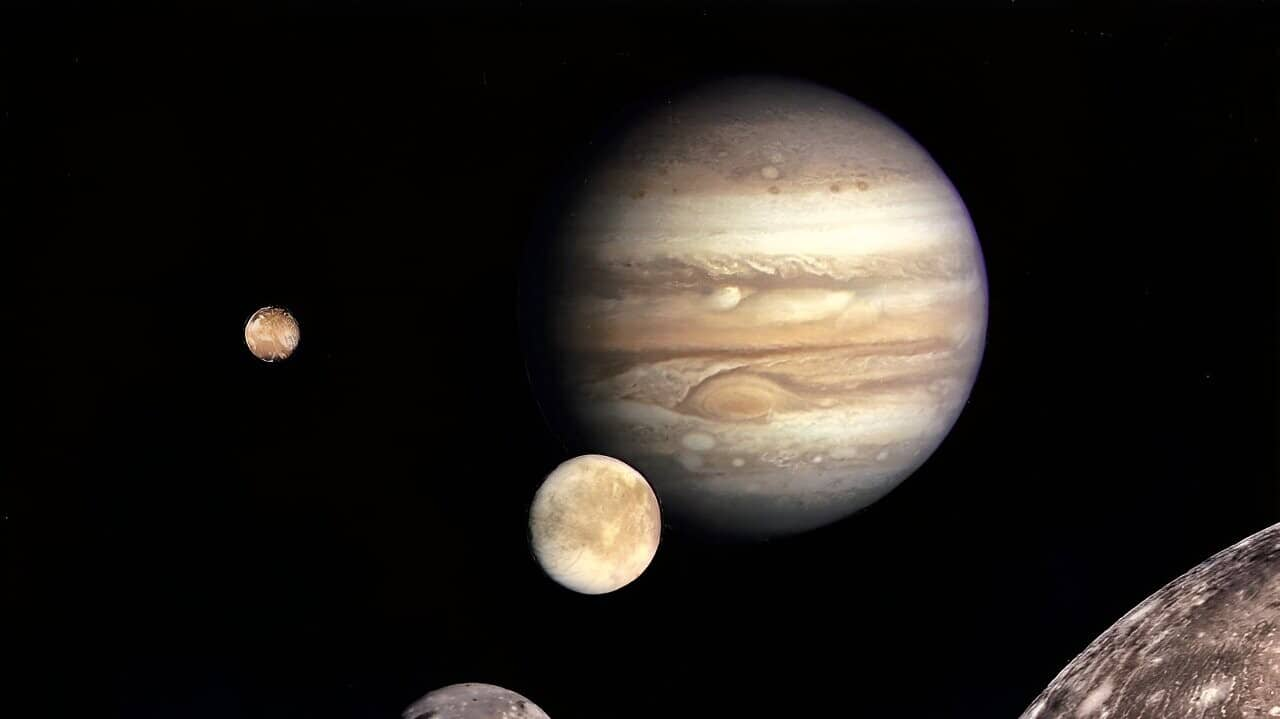
European spacecraft set for historic Earth-Moon slingshot next month
What's the story
The European Space Agency (ESA)'s spacecraft, Juice, is gearing up for a groundbreaking maneuver next month.
Launched in April 2023, the six ton uncrewed spacecraft will slingshot around Earth and the Moon on its journey to Jupiter.
Currently positioned 10 million kilometers from Earth, its mission is to investigate the potential of Jupiter's icy moons Ganymede, Callisto, and Europa to host extra-terrestrial life in their vast oceans.
Gravity assist
Juice's journey to Jupiter: A fuel-efficient odyssey
On August 19-20, Juice will execute a flyby past the Moon and Earth, utilizing their gravitational pull as a boost to conserve fuel on its eight-year journey to Jupiter.
This maneuver is being orchestrated by staff at the ESA's space operations center in Darmstadt, Germany.
Arnaud Boutonnet, the ESA's head of analysis for the mission, explained that "the only solution is to use gravitational assists," due to limitations in launch power.
Historic flyby
Performing first double gravity assist maneuver
The upcoming Earth-Moon flyby is set to be a "world first," according to the ESA.
This will be the inaugural "double gravity assist maneuver" that uses boosts from two celestial bodies in succession.
On August 19, Juice will traverse 750km above the Moon before passing our home planet the following day.
The spacecraft is expected to reach Jupiter's system in July 2031, marking a significant milestone in space exploration.
Celestial sighting
A spectacle for sky gazers
As Juice speeds past Earth and the Moon, it will capture images and test its instruments.
This celestial event may also provide a unique spectacle for amateur astronomers in Southeast Asia.
With the aid of telescopes or powerful binoculars, lucky sky gazers might be able to spot the spacecraft during its historic maneuver.
This adds an exciting dimension to this groundbreaking mission, allowing space enthusiasts to witness history in the making.
Calculated risks
High-stakes maneuver carries risks, requires precision
The upcoming maneuver, while meticulously calculated, is not without risks.
"We are aiming for a mouse hole," emphasized Boutonnet, highlighting the precision required for the slingshot around the Moon.
Any minor error could be magnified by Earth's gravity, potentially causing Juice to enter and burn up in Earth's atmosphere.
The ground team will closely monitor the spacecraft and have a window of 12-18 hours to adjust its trajectory if necessary.